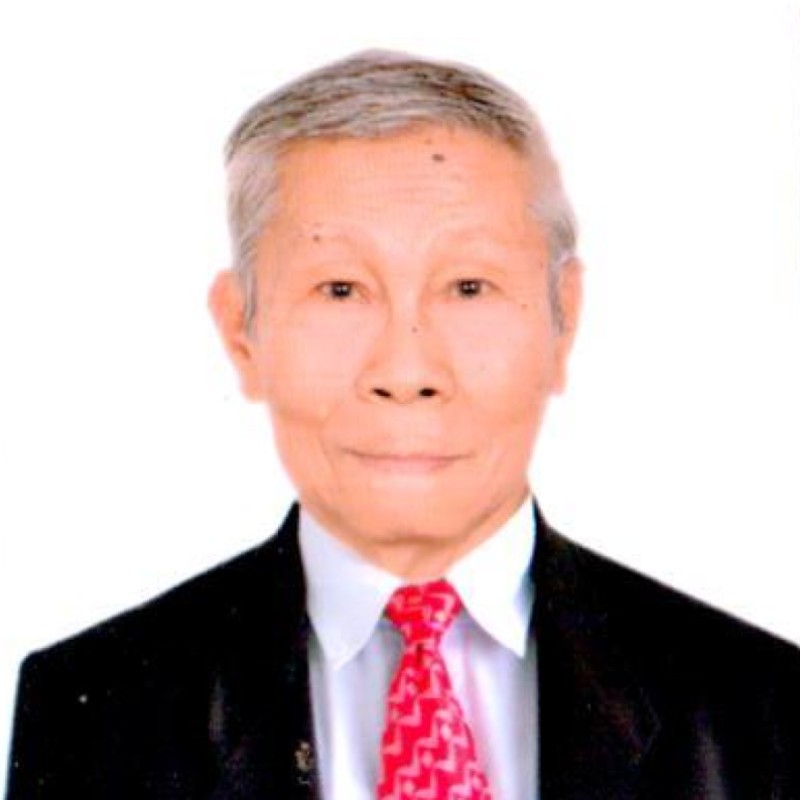GLIMPSES & GAZES
By Severino C. Samonte
Why tricycles are becoming a contentious issue
Share
Very often, we read in the newspapers and social media or hear responsible traffic law enforcers from the Metropolitan Manila Development Authority (MMDA) saying that tricycles are prohibited from operating along national roads and other major thoroughfares in the National Capital Region or NCR.
This is the major reason why under the Local Government Code of 1991 (Republic Act 7160), city and municipal mayors, through their respective city or municipal councils, are authorized to regulate the operation of tricycles within their territorial jurisdiction, subject to the guidelines prescribed by the Department of Transportation (DOTr).
In accordance with this, an ordinance has been passed by the MMDA with regards to the operation of tricycles and pedicabs along national roads in the NCR, composed of 17 local government units, namely: the cities of Manila, Quezon, Caloocan, Pasay, Makati, Marikina, Pasig, Mandaluyong, Malabon, Navotas, Valenzuela, San Juan, Las Piñas, Parañaque, Taguig, Muntinlupa and the municipality of Pateros.
The ordinance imposes a fine of PHP300 or a 10-day jail term for violators.
Earlier, the Department of the Interior and Local Government (DILG) urged all city and municipal mayors to ban pedicabs and tricycles along national highways, whether in Metro Manila or in the provinces.
"Allowing pedicabs and tricycles on major thoroughfares poses serious hazards to other vehicles, the riding public and even to the drivers themselves," former DILG Secretary Eduardo Año has said.
In the former town of Novaliches, now shared by Quezon City and Caloocan City, the MMDA ordinance on tricycles and pedicabs cannot be fully implemented along certain roads because of lack of parallel routes for use by the three-wheel passenger vehicles.
Here's why: At present, there are no adequate roads in some northernmost barangays of the former town where the tricycles and pedicabs can be rerouted so they will not be operating on the national roads together with private cars, traditional or modern electronic e-jeepneys, buses and all kinds of cargo and trailer trucks.
A typical example of such a road is the 9-kilometer Old Novaliches-Polo Road, which has been renamed Gen. Luis. It traverses three cities, with 2.5 kilometers belonging to QC, 2 kiliomters to north Caloocan and 4.5 kms to Valenzuela.
There is no immediate road parallel to Gen. Luis St. The nearest one, Mindanao Avenue that begins from Quirino Highway in Barangay Talipapa, Novaliches and ends at MacArthur Highway in Barangay Karuhatan, Valenzuela City, is about 4 kilometers away.
In the case of Valenzuela, its officials somehow managed to limit the operation of tricycles in the area to inner roads and subdivisions.
In north Caloocan's Barangays Bagbaguin and Caybiga traversed by Gen. Luis St., the three-wheel vehicles are not allowed to ply along Gen. Luis St., except those in special trips.
In the QC portion of Gen. Luis, however, tricycles continue to operate along this road together with all other types of motor vehicles. This situation has not been an issue until the recent increase in the minimum fare of PHP14 authorized in Metro Manila by the Land Transportation Franchising and Regulatory Board (LTFRB).
Some commuters from Barangay Nagkaisang Nayon and adjacent areas have begun complaining silently about what they consider as a discriminating practice of the drivers and conductors of the Speed Wheelers Transport Corporation (SWTC) operating a fleet of e-jeepneys traversing the new public transport route Novaliches-SM North EDSA-MRT-CIT and Novaliches-Cubao and vice versa via Gen. Luis Street and Katipunan-Mindanao Avenues.
The commuters are questioning why they are not being picked up by the SWTC drivers and conductors unless they go first to the terminal in Novaliches Bayan. They said that this practice is causing them to spend an extra PHP14 for the short ride to the terminal.
On the other hand, the drivers and conductors are saying they have been instructed by the SWTC management not to pick up or unload passengers within the 2-kilometer (Km 18 to 20) portion of Gen. Luis Street as well as in four subdivisions along Katipunan Avenue so the tricycle drivers will not get angry at them.
A SWTC dispatcher, Ruben Escano, said they are willing to accommodate the request of the commuters provided that the tricycle drivers will not be complaining against them.
A neighbor of this writer said that at this time when the cost of everything is going up, the minimum fare of PHP14 is already a substantial saving for the poor commuters if they are allowed to board the SWTC mini-buses along Gen. Luis Street and Katipunan Road.
At present, there are two transport service cooperatives operating 82 e-jeepneys on the Novaliches-Gen. Luis St-Malinta-Valenzuela City route. These are Novaliches Development Cooperative Inc. (NOVADECI) and Novaliches-Malinta Jeepney Transport Service Cooperative (NMJTSC) with 32 units and 52 units, respectively.
The commuter noted that unlike the SWTC e-jeepneys, the tricycle drivers are not preventing NOVADECI and NMJTSC drivers and conductors from picking up and unloading passengers along the QC portion of Gen. Luis Street.
Comments
About the Columnist

He began his journalistic career by contributing to the Liwayway and Bulaklak magazines in the 1960’s. He was the night editor of the Philippine News Service when Martial Law was declared in September 1972. When the Philippine News Agency was organized in March 1973, he was named national news editor because of his news wire service experience.
He retired as executive news editor in 2003. He also served as executive editor of the Malacanang-based Presidential News Desk from 1993 to 1996 and from 2005 to 2008.
